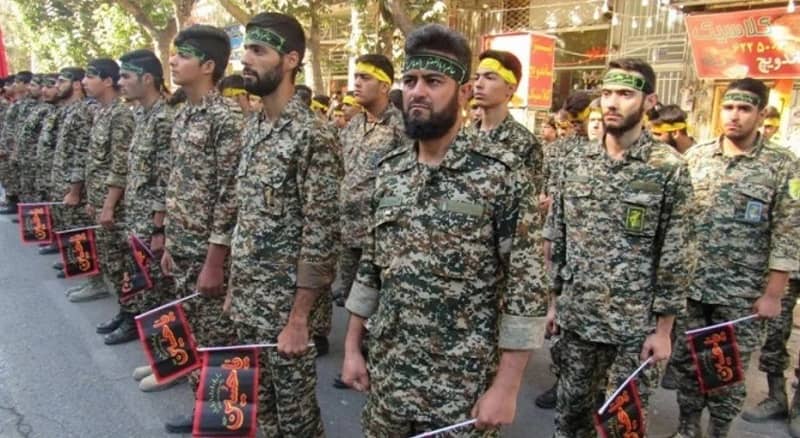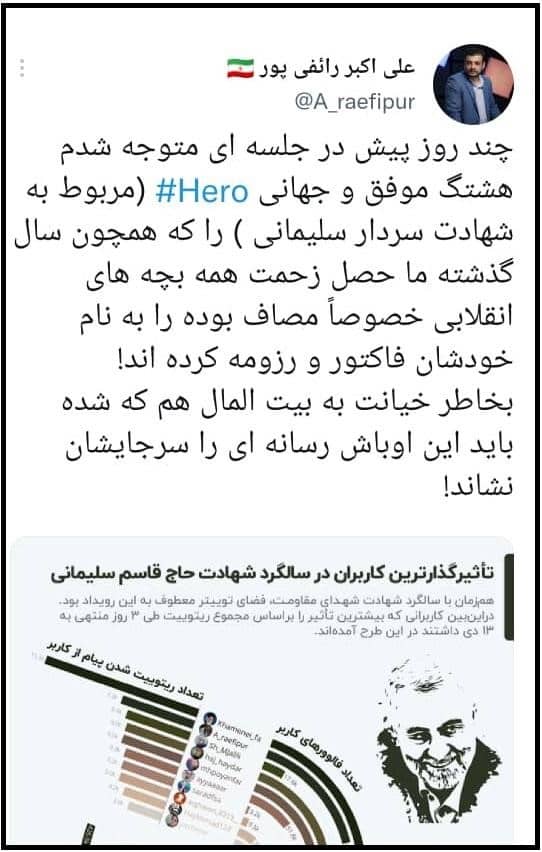

While such a tragedy might typically garner significant attention, Keshvari’s death has been met with silence. The scant details available hint at the Ministry of Guidance possibly restricting comprehensive media coverage due to the incident’s delicate nature.
In a historical context, by mid-March 2017, Keshvari, along with eight other Telegram channel administrators, was summoned by an intelligence agency, leading to protests from the “reformist” parliament members. This sparked a response from then-Minister of Intelligence, Mahmoud Alavi. One MP, Alireza Rahimi, shared on Telegram that Alavi denied the Ministry’s involvement in the detentions, putting the blame on another security organization.
Hassan Rouhani, the then-President, also commented, suggesting that there was a trend of arresting individuals without sufficient cause, as evidenced by some arrests made just before the Eid holidays. According to his statement, these young individuals were innocent.
Iran’s Cyber Army: A Force of Disinformation for a Cursed Causehttps://t.co/S3LusEN4HB
— NCRI-FAC (@iran_policy) April 26, 2023
The funeral for Keshvari was well-attended by influential figures from the Rouhani administration, such as Mahmoud Alavi, Masoumeh Ebtekar, Jamshid Ansari, and Mohsen Mehr-Alizadeh. During the somber event, Alavi dismissed claims that the Rouhani government funded specific Telegram channels. He also criticized those who had pressured Keshvari into making confessions.
Another twist came in June 2022, when the Intelligence Organization of the Islamic Revolutionary Guard Corps arrested three Telegram channel administrators. They were accused of distributing classified documents and propagating misleading news to sow discord among officials. One of these individuals, Ali Qolhaki, had significant ties to intelligence sources. His arrest stirred discussions and debates within the regime.
Ali Akbar Raefipour, closely associated with the regime’s Supreme Leader, shed light on the regime’s disinformation strategies and hinted at the internal battles within its cyber army.
Ruhollah Mo'men Nasab, parliamentary special advisor on the so-called "internet users projection bill" and former commander of the cyber army reveals how #Tehran has been using @Twitter for #propaganda.
#Iran #InternetFreedom pic.twitter.com/kHzjtlEFvR— NCRI-FAC (@iran_policy) March 29, 2022
State-run Ruydad 24 presented the dilemma further. They questioned the logic behind the arrests, suggesting that if promoting discord was a crime, many other platforms should have faced similar actions during Rouhani’s tenure. They also probed the influence and presence of the Revolutionary Guards in social media platforms.
Ali Qolhaki, with a vast online following, remains missing, with his last activity dated June 10, 2022.A report by the NCRI offered an insight into the Iranian regime’s cyber army, recounting the story of Mohammad-Hossein Tajik, a founder who was allegedly abducted and killed in 2016.
Amid a myriad of domestic and international crises, Iran’s ruling dictatorship displays increasing intolerance towards dissent and perceived threats. The alarming consequences faced by those trying to shed light on the regime’s actions emphasize its unwillingness to reform. The resolution, it seems, lies in a future free from such oppressive rule.


MEK Iran (follow us on Twitter and Facebook), Maryam Rajavi’s on her site, Twitter & Facebook, NCRI (Twitter & Facebook), and People’s Mojahedin Organization of Iran – MEK IRAN – YouTu







